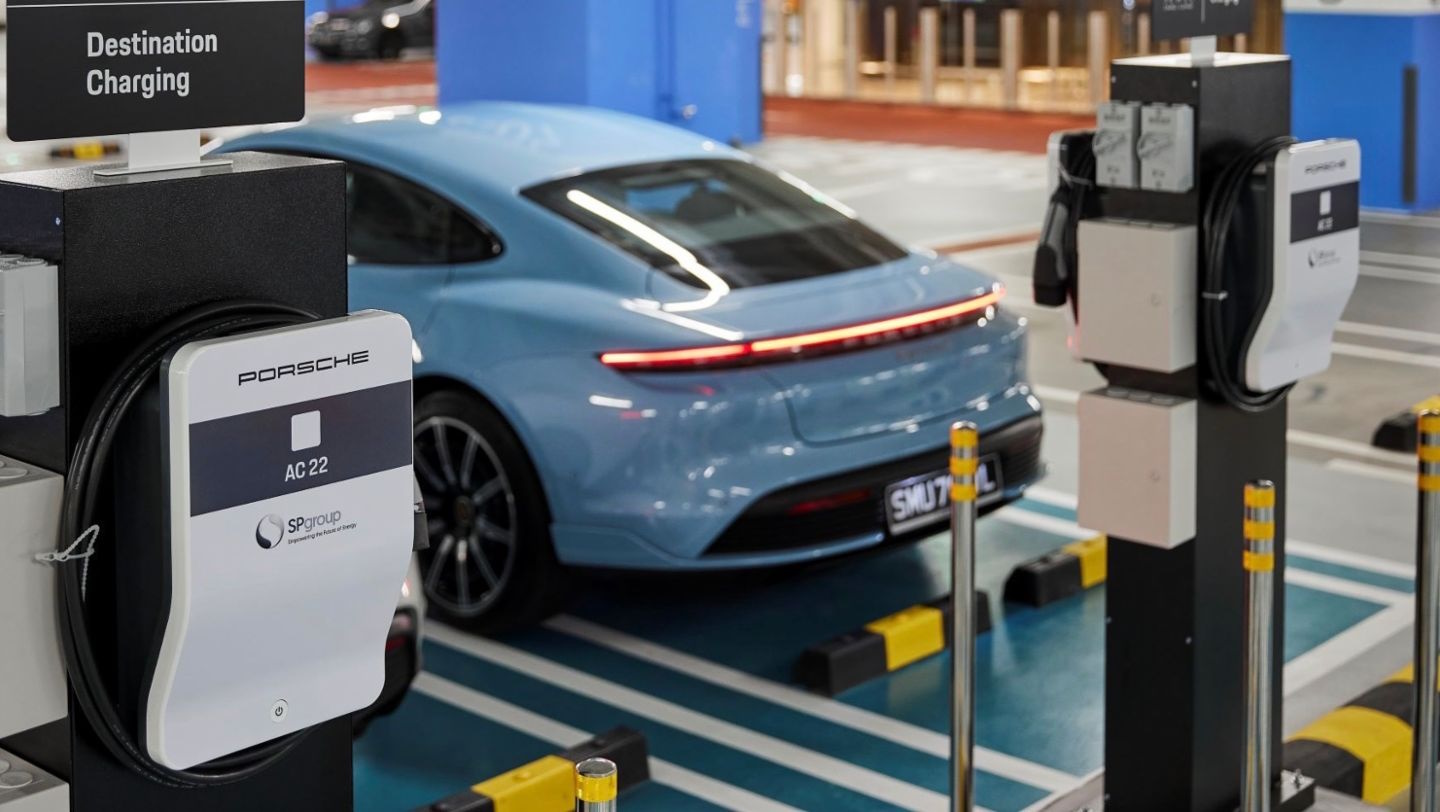- Admin
- Jul 25, 2024
- Buying Guides
- Read: Small Medium Large
Porsche Reevaluates Its Ambitious EV Goals
In March 2022, Porsche set an ambitious objective: electric vehicles (EVs) would account for over 80% of its sales by the end of the decade. However, recent developments have led the company to reconsider this target. A Porsche spokesperson revealed to Reuters that the transition to electric cars is taking longer than anticipated five years ago. While the product strategy remains intact, the automaker now adds an asterisk to the 2030 goal: it depends on customer demand and the development of electromobility.

Key Points:
1. Product Lineup Changes:
- The 718 Boxster and 718 Cayman with gas engines will be phased out by 2025 to make room for EV replacements.
- The fully electric Macan, already launched, will replace the first-generation ICE model in 2026.
- The fourth-generation Cayenne is confirmed to go electric later this decade.
- Porsche hints that the Panamera could evolve into an EV positioned above the Taycan.
- While a 911 EV isn't planned for this decade, the new 911 GTS already features a T-Hybrid setup.
2. Luxury Brands Facing Similar Challenges:
- Bentley's goal of going fully electric by 2030 has been pushed back by three years.
- Mercedes, which originally aimed for PHEVs and EVs to account for half of sales by 2025, now hopes to achieve this by 2030.
- Audi faces challenges too, considering the potential early end of production for the Q8 E-Tron and Q8 Sportback E-Tron due to poor sales.
- Jaguar, despite going all-in on EVs, has discontinued all models except for the F-Pace.
3. Mainstream Automakers Adjusting Goals:
- Ford of Europe has stepped back from its plan to offer an EV-only passenger car lineup by 2030.
- Volkswagen postponed the launch of the ID.7 in the United States due to changing market dynamics.

In summary, while Porsche remains committed to its EV agenda, the road to an 80% EV sales target by 2030 is proving more challenging than anticipated. The industry as a whole faces similar hurdles, emphasizing the need for flexibility and adaptation in the transition to electric mobility.





